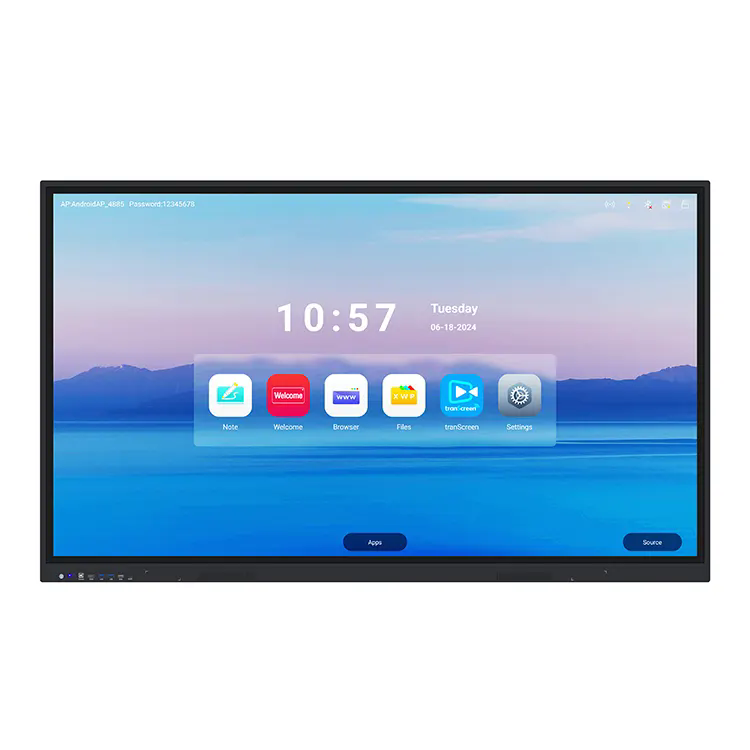What Is an Interactive Display and Why Is It Transforming Communication?
2025-07-09
An interactive display is a digital screen that allows users to engage directly with content through touch, gestures, or stylus input. Unlike traditional displays, interactive displays foster dynamic communication, collaboration, and learning by making the user experience hands-on and intuitive.
What Are the Key Features of Interactive Displays?
Touchscreen Capability:Supports multi-touch inputs, allowing multiple users to interact simultaneously.
High Resolution:Provides clear and vibrant visuals for presentations, videos, and images.
Connectivity:Equipped with ports and wireless options (HDMI, USB, Wi-Fi, Bluetooth) to connect with various devices.
Interactive Software:Often bundled with collaboration tools, whiteboard applications, and annotation features.
Durability:Designed for frequent use with robust glass and anti-glare surfaces.
Versatile Sizes:Available in a range of sizes from small tablets to large wall-mounted displays.

What Are the Benefits of Using Interactive Displays?
Enhanced Engagement:Interactive elements increase attention and participation in meetings, classrooms, or exhibitions.
Improved Collaboration:Supports real-time sharing, editing, and brainstorming among teams.
Easy Content Management:Simplifies presenting, annotating, and saving digital content.
Accessibility:Intuitive interface suitable for all ages and skill levels.
Cost-Effective:Reduces the need for printed materials and physical handouts.
Where Are Interactive Displays Commonly Used?
Education:Interactive whiteboards and displays in classrooms for dynamic teaching.
Corporate:Conference rooms and meeting spaces for presentations and collaborative work.
Retail:Digital signage and kiosks for engaging customers and promoting products.
Healthcare:Patient education, telemedicine, and interactive charts.
Public Spaces:Museums, airports, and exhibitions offering interactive information points.
How to Choose the Right Interactive Display?
1. Size:Choose based on room size and viewing distance.
2. Touch Technology:Opt for capacitive or infrared touch based on responsiveness needs.
3. Software Compatibility:Ensure support for your preferred collaboration tools.
4. Connectivity:Check input options to connect with existing devices.
5. Budget:Balance features with cost for your specific use case.
Conclusion
Interactive displays are revolutionizing how people communicate, learn, and collaborate by turning passive viewing into active participation. Whether in classrooms, boardrooms, or public venues, they provide versatile, engaging, and effective digital interaction.


